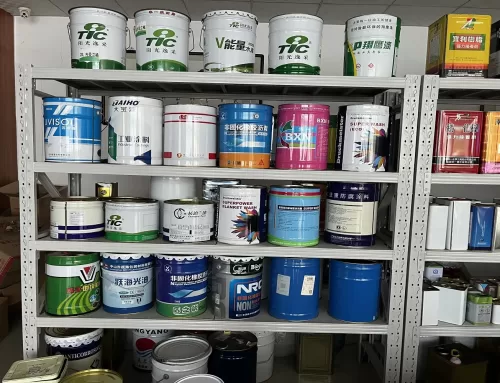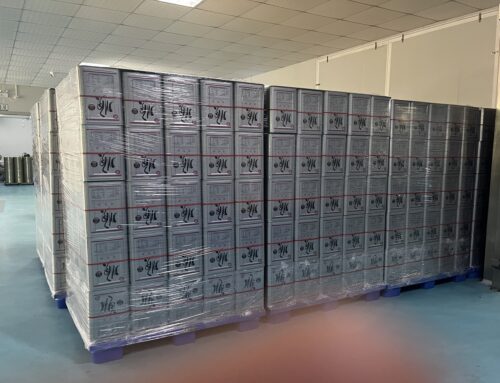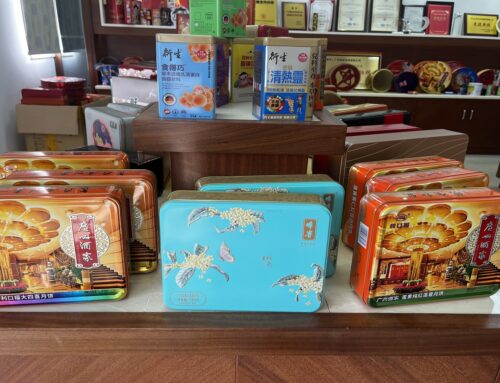With the help of canning equipment, the production of tin cans becomes very easy. The process has gone through a series of canning equipment production lines, most of which have been integrated into one process. Usually, the first step involves the slitting process, during which the main body, bottom and cover will be obtained. Then there is a canning machine that automatically makes cans. Then do top crimping, then necking, flanging and final seam.
The widely used cans are made of tin and aluminum. However, these two types do not have the same properties. Although most industries use them for conventional packaging processes, they usually go through different manufacturing processes.
At the beginning of establishment
Tin cans were first used for storage purposes in the 1810s, and aluminum was introduced in 1965. These two types of tin cans have many uses, but the main purpose is to preserve food for local and overseas consumption. These two types can protect food from air and light. They are also very durable and can be recycled.
Tin can
Tin cans are generally ductile at room temperature because they are composed of crystalline metallic elements. They are extracted from elements such as cassiterite, tin compounds and oxygen. The refining process of tin makes it very suitable for manufacturing. It is not easy to corrode, which is why it can be used for packaging food. Some modern tin cans have a steel coating and a layer of tin to make them corrosion resistant.
Aluminum
Compared with other minerals, aluminum is a relatively cheap mineral element. This is because they are high in content, accounting for 8.2% of the earth’s crust. However, refined aluminum is a bit complicated because it has other compounds, such as aluminum oxide or aluminum sulfate. Most aluminum cans are light and strong.
Difference
One of the main differences between the two is weight. Tin cans are heavier than aluminum cans and are usually strong and durable. They have corrosion resistance and are therefore very suitable for acidic foods such as tomatoes. However, in terms of recycling, aluminum cans are more efficient. Compared with refined new aluminum, you will save a lot of money when recycling aluminum.
When making cans, make sure that the canning equipment you buy is fully automated and easy to use.




